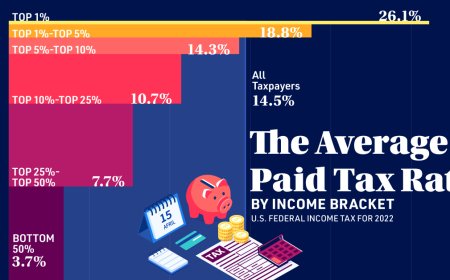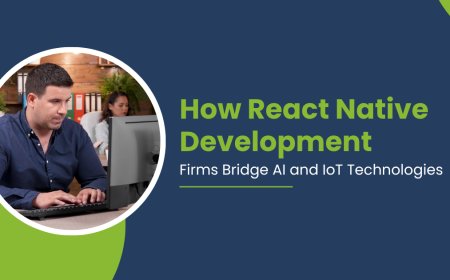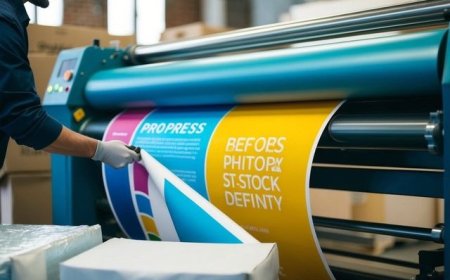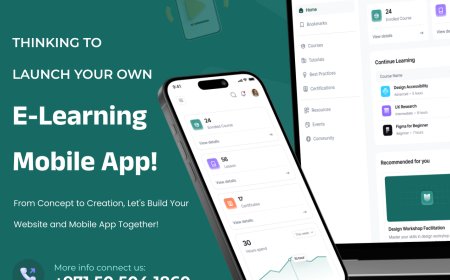Why Use a Recruitment Model: Key Benefits Explained

For any company looking to grow, innovate, or stay competitive, hiring the right people is essential. However, hiring can become erratic, expensive, and time-consuming without a systematic method. A recruitment approach is useful in this situation.
A strategy framework that directs how businesses seek out, evaluate, and employ talent is known as a recruitment model. Long-term success depends on knowing why and how to employ a recruitment model, whether you're a huge corporation improving its hiring procedure or a startup attempting to assemble a great team from the ground up.
In this article, well break down the core benefits of using a recruitment model, why it matters for modern hiring, and how businesses can adapt models to suit their unique goals.
What Is a Recruitment Model?
A recruitment modelis a systematic structure that outlines the steps, tools, and criteria involved in the hiring process. It includes everything from workforce planning, candidate sourcing, interview stages, evaluation methods, and onboarding.
There are many different kinds of recruiting methods, including project-based hiring, hybrid models, in-house recruitment, and recruitment process outsourcing (RPO). The needs, available resources, and recruiting volume of your company will all play a role in selecting the best one.
Why Use a Recruitment Model?
Lets explore the main reasons businesses adopt recruitment models and the key benefits they offer.
1. Consistency and Standardization
Recruitment procedures frequently differ between departments, managers, or roles in the absence of a model. Bias, inefficiency, and bad hiring choices may result from this. A clear recruitment model provides:
-
Consistency across departments
-
Standard interview formats and assessment criteria
-
Aligned expectations between HR and department leads
This ensures that every candidate experiences the same structured process, which not only improves fairness but also helps companies stay compliant with hiring regulations.
2. Improved Candidate Quality
In order to improve hiring decisions, recruitment models emphasize data-driven assessments, job position definition, and sourcing strategy refinement. The proper methodology guarantees that only the most qualified applicants advance to the next phase, whether through skills-based assessments, pre-screening techniques, or targeted job advertisements.
Additionally, structured models encourage hiring teams to focus on skills, cultural fit, and long-term potential, not just resumes.
3. Faster Time-to-Hire
When hiring, speed is important. Extended hiring procedures result in lost opportunities and higher hiring expenses. A model for hiring:
-
Streamlines each hiring stage
-
Reduces delays through automation or defined timelines
-
Allocates roles and responsibilities clearly within the hiring team
As a result, companies can fill positions quicker, maintain productivity, and keep up with business demands.
4. Cost Efficiency
Hiring without a plan often results in wasted budget on poor job ads, multiple rounds of unproductive interviews, or hiring the wrong candidate. Recruitment models are designed to be cost-efficient by:
-
Reducing dependency on expensive external agencies
-
Optimizing job board usage
-
Minimizing turnover through better hiring accuracy
Over time, businesses save significantly by improving the quality of hire and reducing churn.
5. Scalability for Future Hiring
As businesses expand, so do their hiring requirements. A scalable framework that may be modified to manage cross-functional recruiting, volume recruitment, or international expansion is offered by a recruitment model.
For example, a growing tech company might start with in-house hiring, then transition to a hybrid model with RPO partners for niche roles. This flexibility is only possible with a defined recruitment model in place.
6. Better Candidate Experience
The applicant experience is crucial in a competitive talent market. A recruiting model aids in creating employment processes that are courteous, transparent, and easy to navigate. Important advantages include:
-
Timely communication at every stage
-
Clear expectations and role definitions
-
Structured interviews and feedback
A positive experience improves your employer brand, even among candidates who dont get selected.
7. Data-Driven Decisions
Recruitment models often incorporate analytics and KPIs (Key Performance Indicators) like cost-per-hire, time-to-fill, source effectiveness, and candidate conversion rates. These insights enable organizations to:
-
Optimize recruitment channels
-
Identify bottlenecks
-
Improve future strategies based on past outcomes
By relying on real data instead of gut feelings, hiring becomes more strategic and measurable.
8. Alignment with Business Goals
Your hiring process shouldn't be implemented in a vacuum. Hiring the right people to fulfill future growth, innovation, and culture goals is made possible by a robust recruitment approach that is in line with your overall business objectives.
For instance, your recruitment approach can incorporate diverse sourcing channels, inclusive job descriptions, and bias-reduction techniques if diversity and inclusion are part of your company's vision.
How to Choose the Right Recruitment Model
Choosing the right recruitment model depends on various factors:
-
Company size and hiring volume
-
Available internal resources
-
Urgency and complexity of roles
-
Budget constraints
-
Long-term talent goals
A lot of businesses begin small and grow over time. You can even combine different methods; for example, you can collaborate with RPO providers for executive-level hiring and use in-house hiring for lesser roles.
Final Thoughts
A recruitment model is a strategic company asset as well as an HR tool. It enables businesses to consistently, effectively, and economically hire the best candidates. It is imperative to have a well-structured recruitment process in an era where talent is a crucial distinction.




































